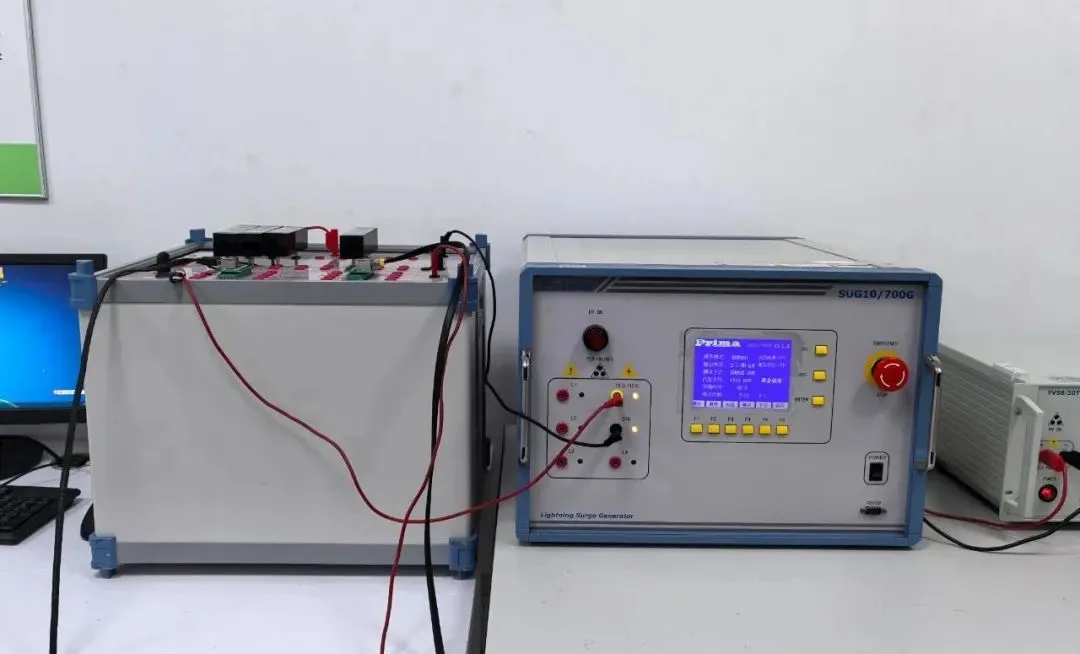
What is CE Battery Certification?
What is CE-Battery Certification?
CE (Conformité Européenne) certification is a mandatory safety certification required by the European Union. CE-Battery certification refers specifically to the compliance assessment for battery products. According to the EU’s Battery Directive(2006/66/EC) and the updated Battery RegULation (EU) 2023/1542, all batteries entering the EU market—including portable, industrial, and automotive batteries—must comply with CE certification requirements. Otherwise, the products may face rejection, fines, or even a ban from entering the EU market.
Which Products Require CE-Battery Certification?
The following types of batteries are subject to CE-Battery certification:
1. Portable Batteries: e.g., mobile phone batteries, Bluetooth earbud batteries, power banks.
2. Industrial Batteries: e.g., energy storage systems, power tool batteries.
3. Automotive Batteries: e.g., batteries for electric vehicles (EVs) and hybrid electric vehicles (HEVs).
4. Button Cells: e.g., batteries used in watches, calculators, and other small electronics.
> ⚠️ Important:Starting from February 2025, the new EU Battery Regulation will take full effect. It introduces stricter requirements on carbon footprint reporting, recycled material content, labeling, and more. Companies are advised to prepare early.
Core Testing Standards in CE-Battery Certification
1. Safety Testing
a. Standard: EN 62133 (applicable to lithium batteries)
b. Scope: Includes overcharging, short-circuiting, drop testing, thermal shock, and other safety-related tests.
2. Electromagnetic Compatibility (EMC)
a. Standard: en 61000 series
b. Scope: Tests the battery's resistance to external electromagnetic interference and its emission levels.
3. Hazardous Substance Limitation
a. Standard: RoHS 2.0 (Directive 2011/65/EU)
b. Scope: Ensures that the battery contains safe levels of harmful substances like lead (Pb), mercury (Hg), and cadmium (Cd).
4. Transport Safety
a. Standard: UN 38.3 (mandatory for air and sea transportation)
b. Scope: Simulates transport conditions such as altitude, vibration, and impact to ensure battery safety during shipment.
CE-Battery Certification Process
1. Prepare Documentation
Gather essential materials such as product specifications, circuit diagrams, BOM lists, and detailed battery parameters.
2. Sample Testing
Submit product samples to an EU-accredited lab (e.g., TÜV, SGS) for safety and emc testing.
3. Technical Documentation Compilation
Create required documents, including test reports, risk assessments, and the Declaration of Conformity (DoC).
4. Affix ce marking
Upon successful assessment, apply the CE mark to the product or its packaging.
5. EU Representative Filing
Non-EU companies must appoint an eu authorized representative for regulatory compliance.
*Typical Duration:2–4 weeks, depending on the complexity of the product.
Frequently Asked Questions
Q: What’s the difference between CE and cb certification?
A:CE is mandatory within the EU and ensures compliance with EU regulations. CB is an international certification under the IECEE scheme. While some test results can be shared, CE still requires conformity with EU-specific directives.
Q: How long is CE certification valid?
A:CE certification does not have a fixed expiration date. However, if there are changes in product design, relevant standards, or regulations, a reassessment is required.
Q: What are the consequences of failing CE certification?
A:The product may be seized by customs, removed from sales channels, or incur fines—up to 4% of annual sales revenue in severe cases.
The EU is enforcing increasingly strict regulations on battery products. To ensure smooth entry into the EU market, companies must plan their certification strategy early.
If you still have questions about CE-Battery certification or need expert assistance, feel free to contact JJR Laboratory Chinafor a free pre-assessment service.
Email:hello@jjrlab.com
Write your message here and send it to us
 Electric Toy EN 62115 & EN 71 Testing
Electric Toy EN 62115 & EN 71 Testing
 What are ASTM F963 and CPSIA?
What are ASTM F963 and CPSIA?
 Comparison of ASTM F963 and EN 71
Comparison of ASTM F963 and EN 71
 How to get CSA C22.2 NO.256:14 Test Report?
How to get CSA C22.2 NO.256:14 Test Report?
 How much is the ISTA Amazon Packaging & Shippi
How much is the ISTA Amazon Packaging & Shippi
 Amazon Product Laboratory Testing Requirements
Amazon Product Laboratory Testing Requirements
 How to Get EPA Certificatio
How to Get EPA Certificatio
 What is EPA Certification in the United States?
What is EPA Certification in the United States?
Leave us a message
24-hour online customer service at any time to respond, so that you worry!




